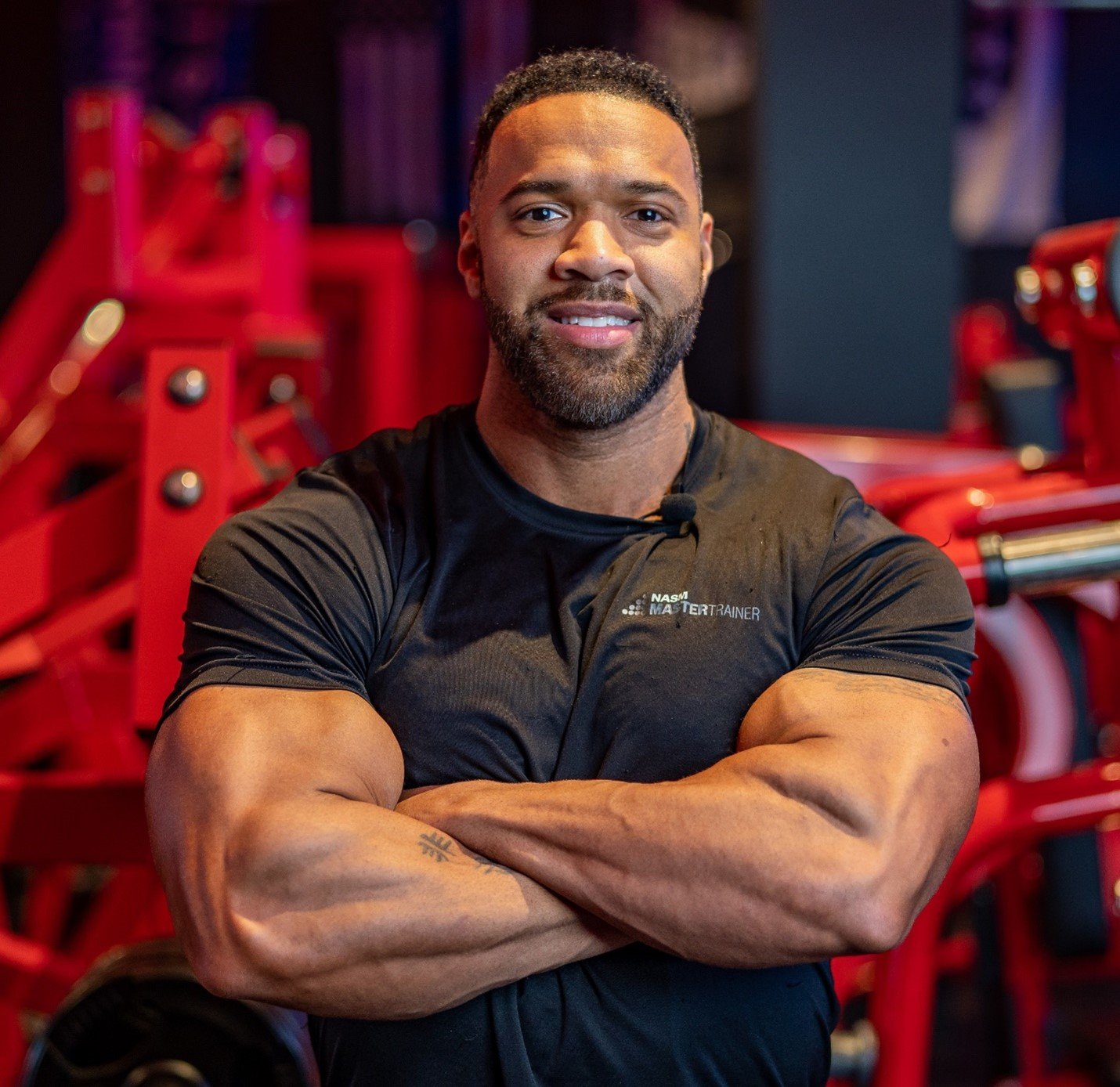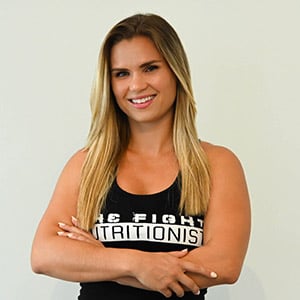Fitness Sports Performance Nutrition spotlight

For many people, having a few drinks is part of day-to-day life—a cocktail after work, a toast at a wedding, or a drink to unwind. It can be easy to lose sight of how alcohol can affect health and wellness. But if you’re working on developing mindfulness ...
Fitness Sports Performance wellness spotlight
The term “metabolism” often grabs attention, especially in a culture fixated on calorie counting. As a nutrition coach or weight loss specialist, you're probably familiar with the inquiries about how to boost metabolism. This is often associated with a ...
Sports Performance Nutrition spotlight Bodybuilding

Meal prep is more than just a trend — it's a transformative approach to nourishing our bodies amidst our fast-paced lives.
Are you prioritizing mobility enhancement in your current fitness and performance goals?
Chris Ecklund, MA, NASM-PES, CSCS, USAW, TPI
|
March 31, 2022
Power is the ability to produce large amounts of force quickly. Are there any athletes that would not want to improve their ability to generate power? Or who want to increase their explosive strength?

There is nothing quite like the disappointment of excitedly starting an exercise program, preparing for a new season of your favorite sport, or attempting a personal record (PR) only to find yourself injured and on the sidelines. It can also be very ...
This blog was updated on February 23rd, 2022 with contributions made by NASM Master Instructor Kinsey Mahaffey. Olympic lifts and their variations have long been used as a strengthening technique to enhance sports performance.
Sports Performance Nutrition spotlight

Ever wonder about the various fields you could work in if you were to pursue a nutrition degree or certification? The extent of your options is much larger than you imagined. You could apply to work in hospitals or home care settings, work within the ...
This subject is of huge importance within the NASM Performance Enhancement Specialization. It's near impossible to ignore the importance of sports psychology during an Olympic year. For the most recent Summer Olympics in Tokyo and the recent Winter ...

Whether you're preparing for an athletic competition or a weekend pick-up game, the way that you prepare your body for training or competition can make or break your performance. While it's tempting to just jump into play after a couple of quick ...

















